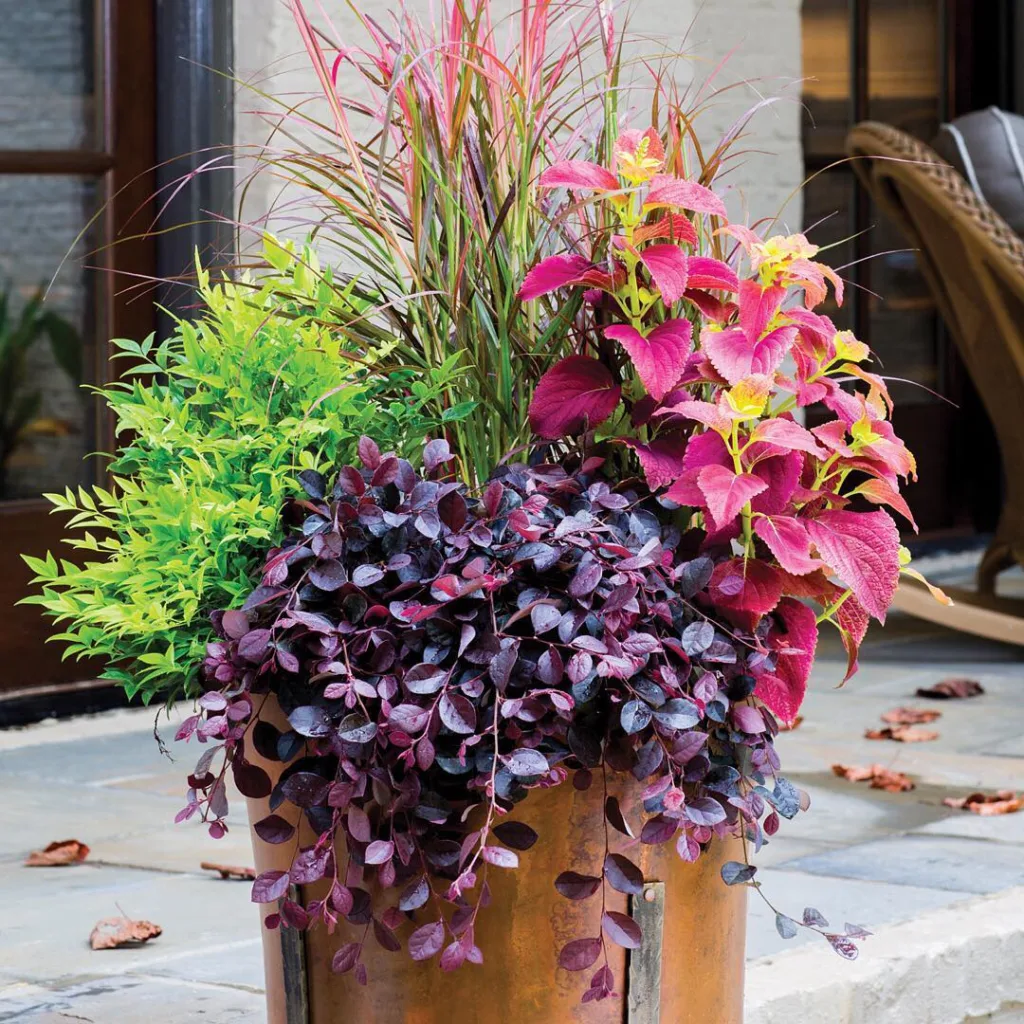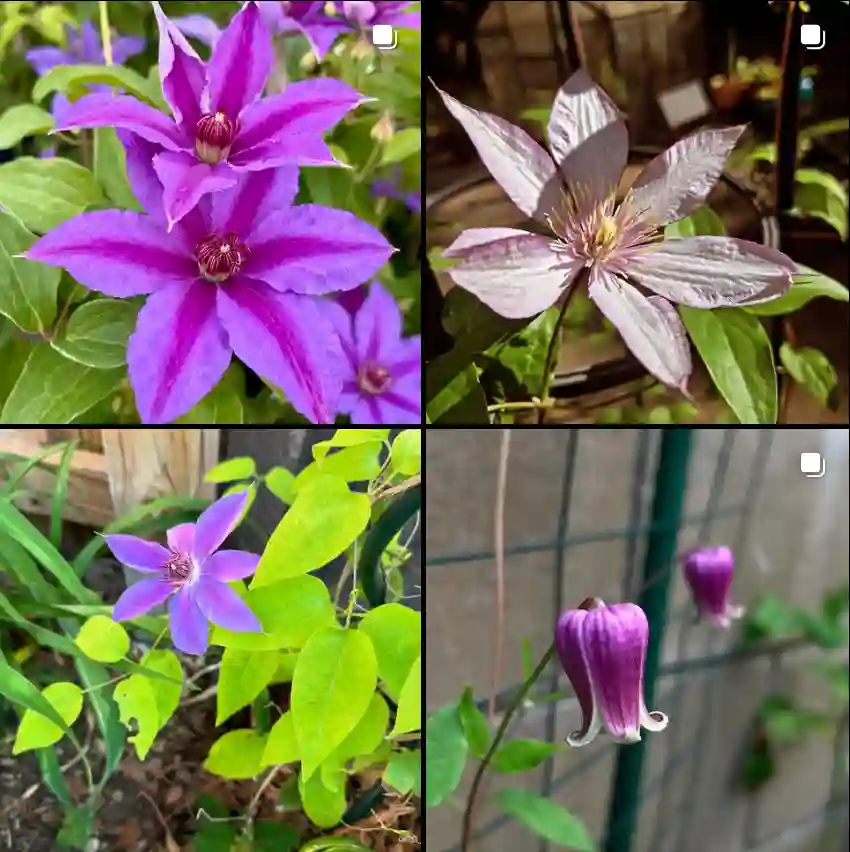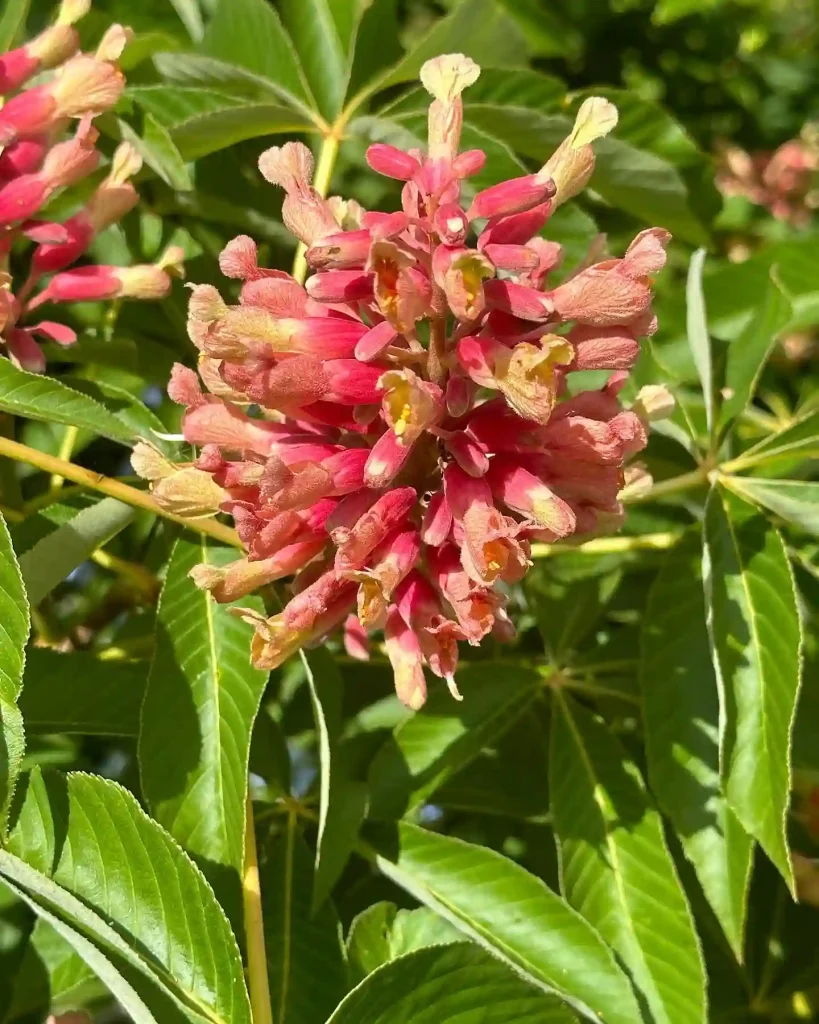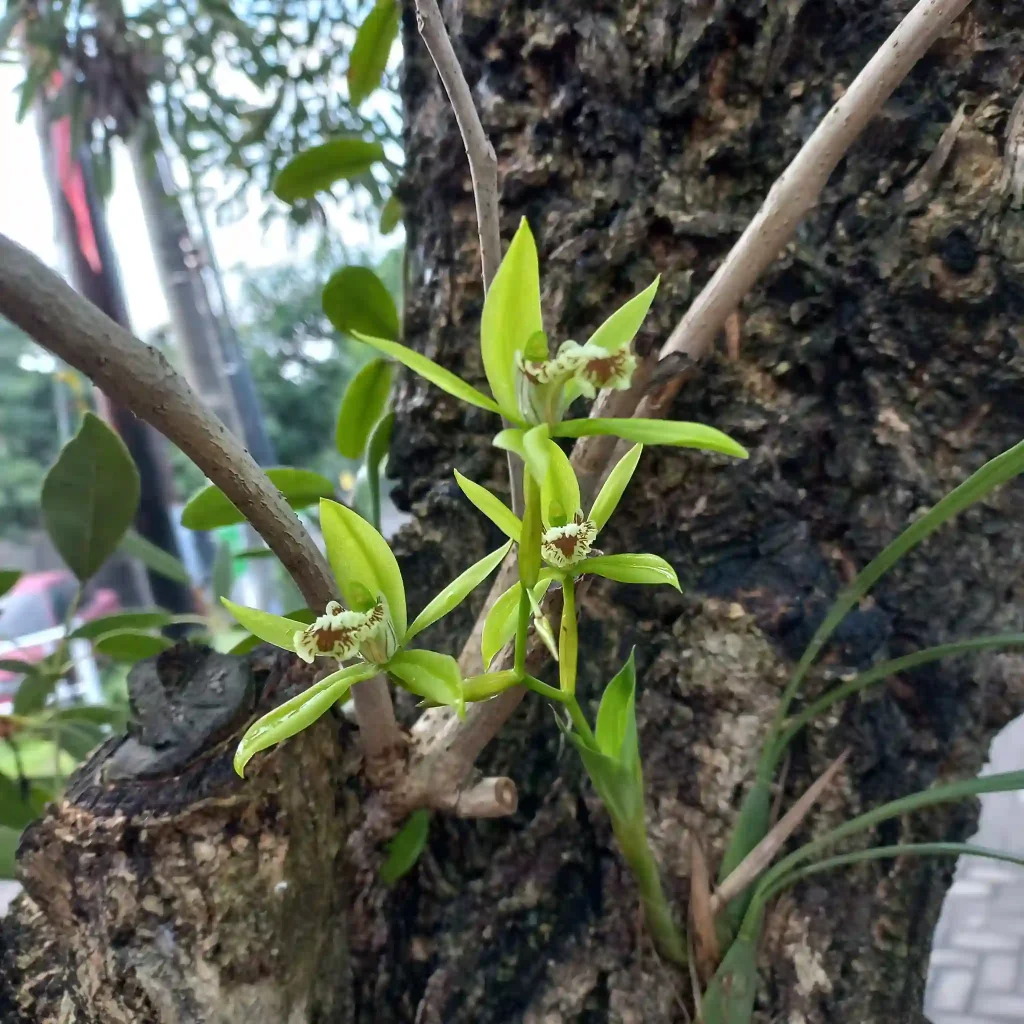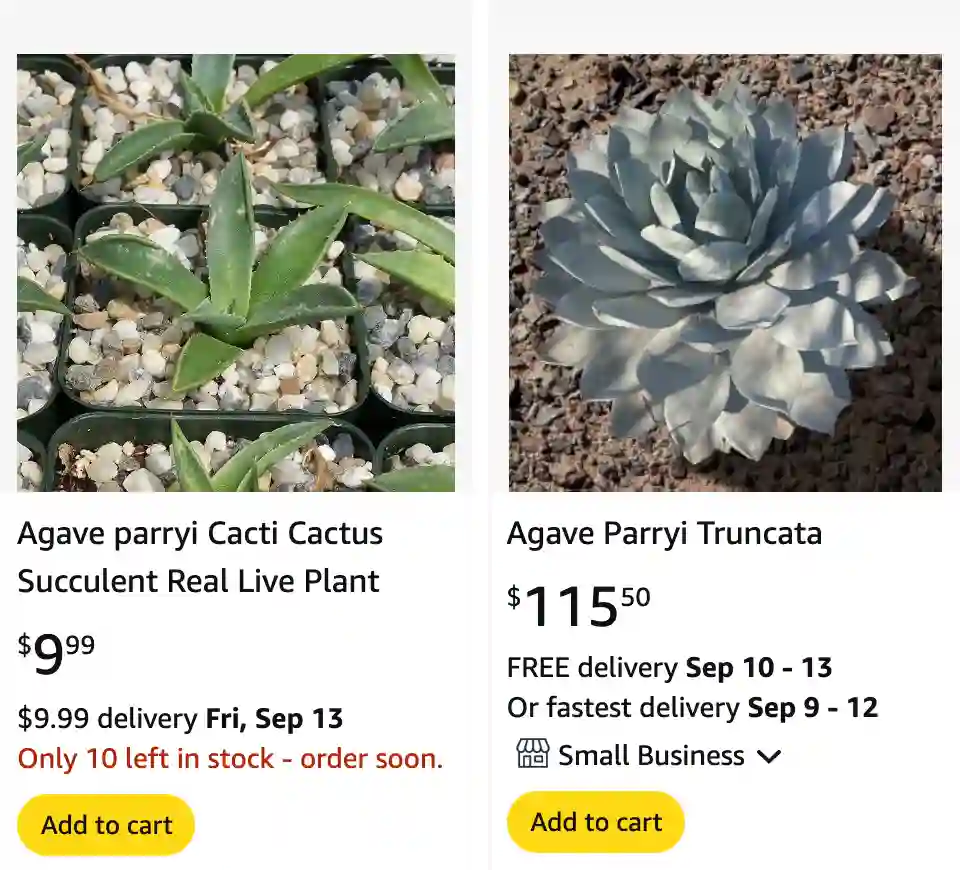
FAQs About Agave Parryi
Agave Parryi is a striking succulent that’s become quite popular among plant enthusiasts. This hardy plant is known for its rosette shape and rugged appearance. If you’re considering adding Agave Parryi to your collection, you might have some questions. Let me share some insights and answers based on my experiences.
304 Species in Genus Agave
How to Plant Agave Parryi?
Planting Agave Parryi is relatively straightforward, but it does require a bit of attention to detail. First, choose a location with excellent drainage. Agave Parryi does not like to sit in wet soil, so a sandy or gravelly mix is ideal. I recommend using a cactus or succulent soil mix, which you can find at most garden centers.
Dig a hole that’s slightly larger than the root ball of your plant. Place the Agave Parryi in the hole, making sure it’s at the same level it was in its pot. Fill in around the roots with soil, and gently press down to eliminate air pockets. Water the plant lightly to settle the soil, but be careful not to overwater. Once established, Agave Parryi is quite drought-tolerant.
How to Propagate Agave Parryi?
Propagation of Agave Parryi is usually done through offsets or pups. These are small shoots that grow around the base of the main plant. To propagate, gently remove these offsets from the parent plant, ensuring you get some roots with each pup. Let the offsets dry for a few days to allow the cut surfaces to callus over, which helps prevent rot.
Plant the dried offsets in a well-draining soil mix, just as you would with a mature Agave Parryi. Keep them in a warm, bright location, and water sparingly until new growth appears. This method of propagation is quite effective and results in new plants that are clones of the original.
Is Agave Parryi and Blue Agave the Same?
Agave Parryi and Blue Agave are often confused, but they are different species. Agave Parryi is known for its rosette of gray-green leaves with sharp spines and a symmetrical appearance. It is commonly found in the southwestern United States and northern Mexico. On the other hand, Blue Agave, or Agave tequilana, is recognized for its bluish-gray leaves and is famously used to produce tequila. While both belong to the Agave genus, their uses and appearances differ significantly.
When Was Agave Parryi Discovered?
Agave Parryi was named after the American botanist Charles Parry, who first collected the plant in the mid-19th century. It was formally described and classified in the 1850s. Charles Parry was known for his extensive work in cataloging the flora of the southwestern United States, and his contributions remain significant in the field of botany.
Agave Parryi vs. Truncata
Agave Parryi and Agave truncata are two distinct species, though they can appear quite similar at first glance. Agave truncata, also known as the “Cactus Agave,” typically has broader, more rounded leaves compared to the narrower, more pointed leaves of Agave Parryi. Additionally, Agave truncata tends to have a more compact growth habit, while Agave Parryi forms a more open rosette. Both species are beautiful, but their subtle differences can help you identify them.
How to Care for Agave Parryi?
Caring for Agave Parryi is relatively easy once you get the basics down. It thrives in full sun but can tolerate partial shade, especially in hotter climates. Ensure the soil is well-draining to avoid root rot. Water the plant sparingly, allowing the soil to dry out completely between waterings. During the winter months, reduce watering even further as the plant goes dormant.
Agave Parryi is quite resilient to pests and diseases, but keep an eye out for mealybugs or scale insects. If you notice any pests, treat them with an insecticidal soap or neem oil. Regularly inspect the plant for any signs of fungal infections, especially in humid conditions.
Can You Grow Agave Parryi Indoors?
Growing Agave Parryi indoors is possible, but it requires specific conditions to thrive. Place the plant in a sunny location, ideally near a south-facing window where it can receive plenty of light. Ensure the pot has good drainage and use a cactus soil mix. Indoor Agave Parryi will need less frequent watering than outdoor plants, so be sure to adjust your watering schedule accordingly.
Is Agave Parryi Toxic?
Agave Parryi is not considered highly toxic to humans or pets, but its sharp leaves can cause injury if handled carelessly. The plant’s sap is not known to be harmful, but it’s always a good idea to wash your hands after handling any type of Agave. For pets, particularly curious cats and dogs, avoid letting them chew on the plant to prevent any potential discomfort from the sharp leaves.
Benefits of Growing Agave Parryi
One of the main benefits of Agave Parryi is its low maintenance. Once established, it requires minimal care and can tolerate a range of conditions. Its unique appearance makes it an attractive addition to gardens, especially in xeriscaping projects where water conservation is a priority. Additionally, Agave Parryi can serve as a natural deterrent for pests and can be used in landscaping to create striking focal points.
Common Problems with Agave Parryi
Common issues with Agave Parryi include root rot and pest infestations. Root rot typically occurs due to overwatering or poor drainage. To prevent this, ensure your plant’s soil is well-draining and adjust your watering practices as needed. Pests such as mealybugs or scale insects can sometimes infest the plant, so regular inspection and treatment are important to keep these issues under control.
What to Plant with Agave Parryi?
Agave Parryi pairs well with other succulents and drought-tolerant plants. Consider planting it alongside varieties like Sedum, Echeveria, or even ornamental grasses. These companions complement the Agave Parryi’s texture and can create a visually appealing and low-maintenance garden space.
Overall, Agave Parryi is a fantastic choice for gardeners seeking a hardy and striking plant. With the right care and attention, it can thrive and bring a touch of desert beauty to any space.
If i die, water my plants!
